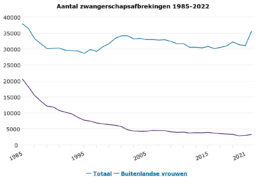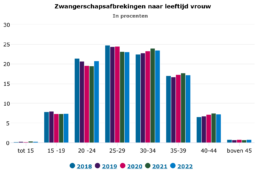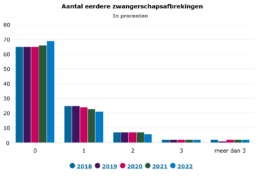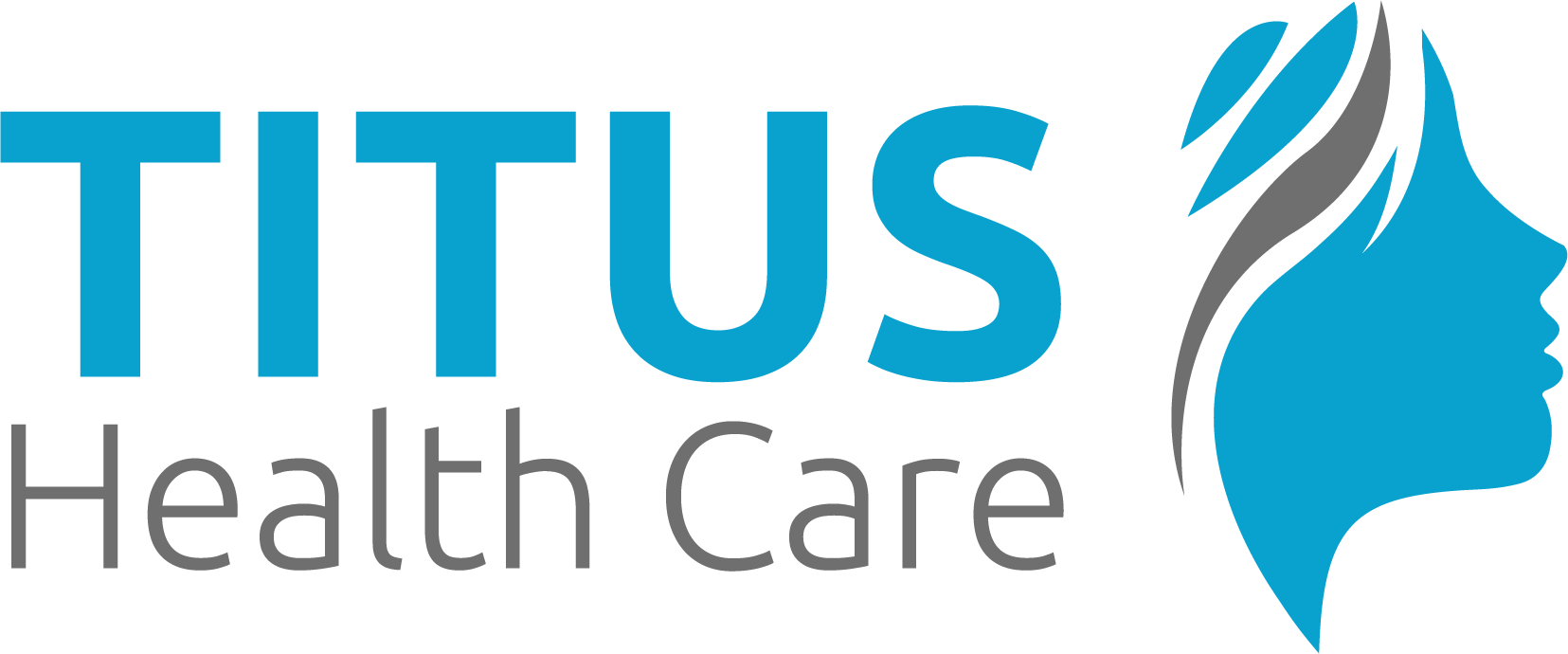More abortions by 2022
The Health Care and Youth Inspectorate's annual report "Termination of Pregnancy Act 2022" shows that the number of terminations of pregnancy in the Netherlands will have risen to over 35,000 abortions in 2022. Over the past 12 years, the total number of abortions was stable at around 30,000 per year. These figures are provided by hospitals and abortion clinics and are summarised by the IGJ in the Annual report on the Termination of Pregnancy Act.
Pregnancy terminations 2022: the figures
In 2022, 35,606 abortions took place. That is an increase of 4,557 compared to 2021. The increase in abortions was measured in both Dutch women and "foreign women"; women without Dutch health insurance. 3258 (9.2%) abortions were performed on foreign women. This is an increase of 304 compared to the previous year. The majority of abortions (91.5%) took place in an abortion clinic. Most abortions in absolute terms took place in provinces of North Holland and South Holland.

Most abortions early in pregnancy
The vast majority of abortions occur early in pregnancy. In 2022, 85% of all abortions took place in the first trimester (up to 13 weeks of pregnancy). 65% even in the first 8 weeks of pregnancy. In 2021 was this distribution similar.

Most abortions among women aged 30-35
The increase in the number of terminations of pregnancy was seen in almost all age groups. Most terminations took place in women aged 30 to 35. The second group is women aged 25 to 30. Among teenagers aged up to 20 years, there were 2,702 abortions in 2022, 319 more than in 2021. Of the abortions in 2022, 81 were in teenagers under 15, slightly less than the 101 in 2021.

Contraception after abortion
69% of women who had an abortion were undergoing it for the first time. Almost a third of the women had had one or more previous abortions. Reliable contraception is important to prevent unplanned pregnancies. Therefore, in many cases, contraception is prescribed after an abortion. Read here more on the Women's Medical Centre's research on removing financial barriers for vulnerable women to choose long-term contraception after abortion.


